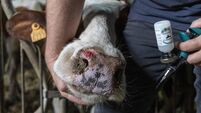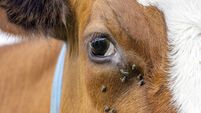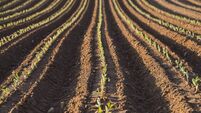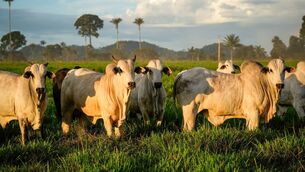Some herds may run out of silage before turnout time
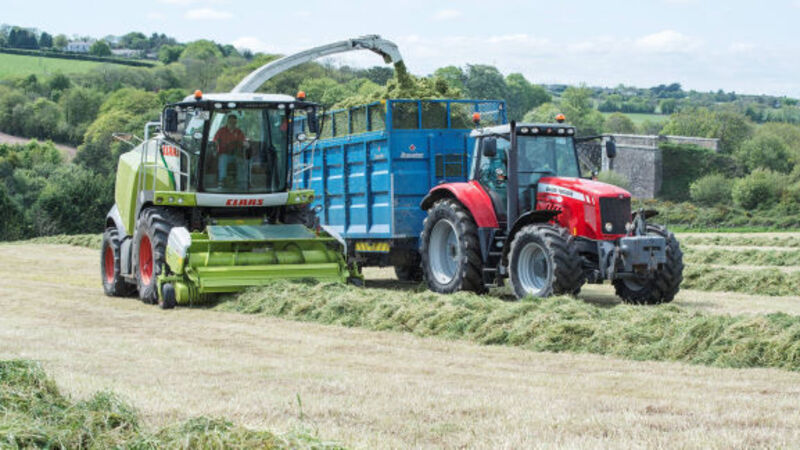
How will markets work out this year?
Will enough livestock be exported to influence home markets?
The uncertainty of Brexit?
The weather?
Silage stocks
Although a lot of silage was made in the late summer and autumn last year, I am beginning to get calls from farmers who fear that they may run out before cattle are turned out.
Most farms still require between 75 and 90 days of silage. to reach the end of the winter housing.
Now is a good time to do a quick calculation on your remaining stocks.
Many farmers are commenting that they have been going through their silage much faster than they would have expected.
As in most years, very few beef farmers will get to do much grazing in the month of January.
There are still some who hope they will have enough silage, but who have not done the necessary calculations.
Can you afford to just live in hope? Most will be wary of turning out cattle early in 2017, because the difficult experiences of 2012, 2013, and even last year, are still fresh in their minds.
Do the sums
So, revisiting the feed budget is a good way to start off the New Year on your farm.
How much silage remains?
Measure your silage pits, length by width by height in feet, and divide your total by 48 to give you tonnes.
This is only a rough estimation, because the dry matter of your silage and clamp height will determine the bulk density of the pit.
For example, a pit 60 feet long, 30 feet wide, and 8 feet high, has 10,500 cubic feet of silage, or 300 tonnes.
You have now established that, depending on the dry matter content of your silage, you have approximately 300 tonne of silage remaining.
Next, you need to work out how much dry matter you have left. Do this by multiplying the known dry matter percentage as a decimal by the tonnage calculated above.
So, for example, with 24% dry matter silage, and 300 tonnes in the pit, 300 x 0.24 gives you 72 tonnes of dry matter.
How much do you need for the rest of the winter feeding season?
Base your calculation of silage needs on what your animals are currently eating.
This is easy to do if you are weighing the feed in a diet feeder.
If you are feeding grabs of silage, count the number of grabs being fed daily, and where possible, get an accurate weight for one grab.
This can easily be done by putting a few grabs in a trailer and bringing it to a local weighbridge.
Typical silage dry matter intakes (rather than total dry matter intakes) are 9-10 kg for dry sucklers; 11-13 kg for sucklers with calves; 2-5 kg for finishers (depending on meal feeding); 7-8 kg for stores; and 5-6 kg for weanlings.
Intakes will vary depending on animal weight, silage dry matter, and silage quality.
Stock will always eat more dry matter from a higher DMD silage.
If silage runs out
Don’t wait until you run out to act.
If bale or pit silage is available locally, go and see it now.
Don’t buy just any quality.
Remember, you are feeding your animals for performance, and cheap, poor quality silage may cost you more in the long run.
Beet is one product which seems to be in plentiful supply. If you have the facility to handle and feed beet, it could be a great option.
Remember that it is low in protein, so you will need to change your ration spec.
Straw and meal for youngstock is always a great way of stretching silage. This year, with concentrates priced very competitively, this option is well worth exploring.

